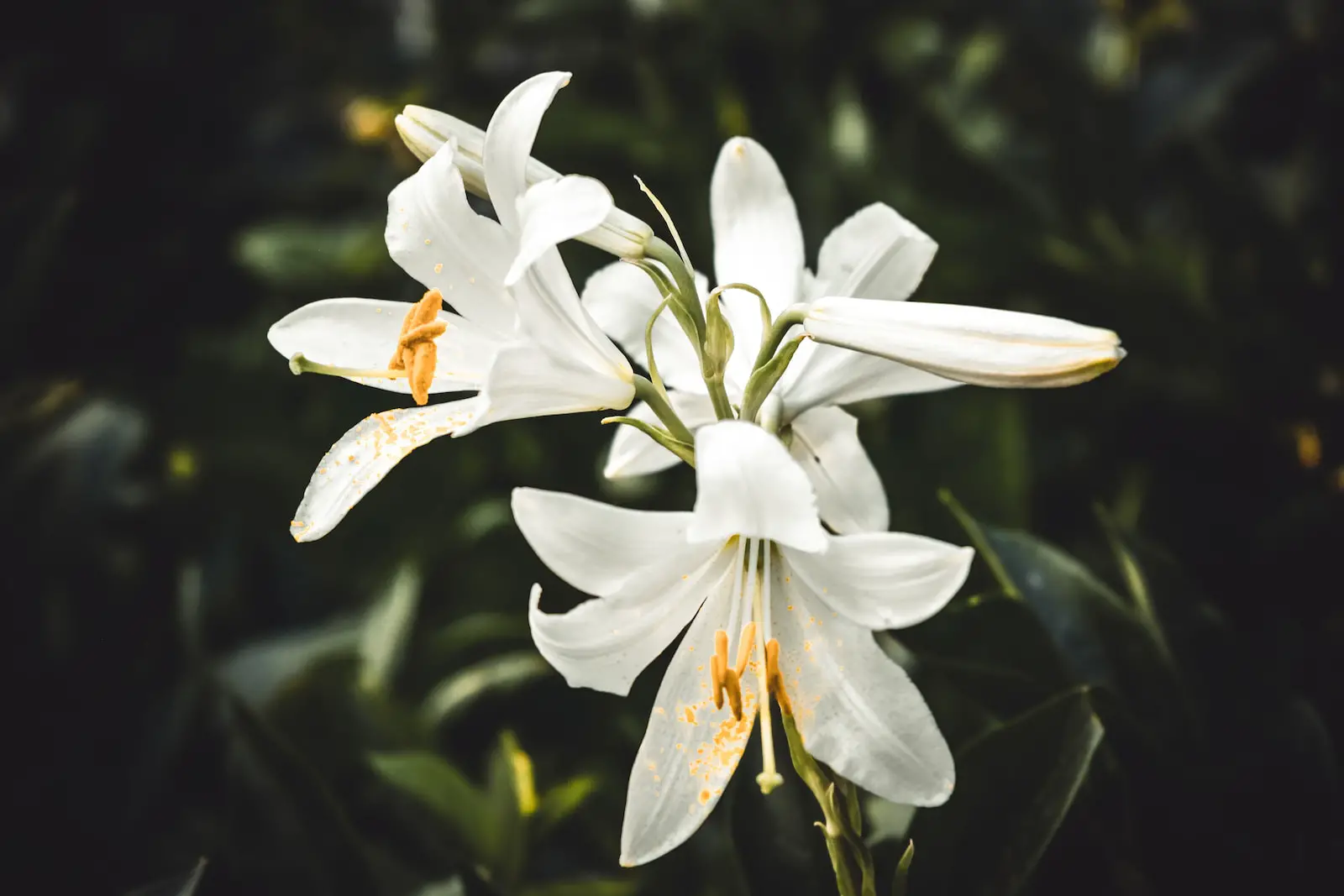Lilies are among the most iconic and beloved flowers in gardens and floral arrangements worldwide. Their large, striking flowers can be found in various shades and colors, including white, yellow, pink, red, and orange, often with speckles and rich, enchanting scents.
Belonging to the genus Lilium, lilies are true lilies, not to be confused with plants that carry the name “lily” but belong to other genera. The family Liliaceae hosts these perennials, which have become a symbol of purity, love, and transcendence in different cultures. Their elegance and diversity in form make them suitable for various landscape designs, from borders to containers.
Native to temperate regions in the Northern Hemisphere, lilies grow from bulbs and exhibit a broad range of hardiness, depending on the specific species. Their cultivation may seem complex to some gardeners, but understanding their unique requirements can make growing lilies a rewarding experience.
| Attribute | Details |
|---|---|
| Common Names | Lily |
| Botanical Name | Lilium |
| Family | Liliaceae |
| Plant Type | Perennial |
| Mature Size | 2-6 feet tall |
| Sun Exposure | Full Sun to Partial Shade |
| Soil Type | Well-drained, slightly acidic |
| Hardiness Zones | 4-9 |
| Native Area | Northern Hemisphere |
Lily Care
Lilies require specific attention to soil type, watering, and location to thrive. They love well-drained soil with a slightly acidic pH, and their bulbs should be planted deep enough to anchor the plants as they grow.
Watering needs vary among different species, but most lilies appreciate consistent moisture without waterlogging. Proper spacing is vital for good air circulation, which can prevent many common diseases.
Light Requirement for Lilies
Lilies thrive best in full sun to partial shade. Most varieties require at least 6-8 hours of sunlight to bloom profusely. Some types, like the Asiatic lilies, can tolerate a bit more shade but generally, more sunlight leads to more blooms.
Soil Requirements for Lilies
Lilies prefer well-drained soil that’s rich in organic matter. The soil should retain moisture but not become waterlogged. A slightly acidic pH of around 6-6.5 is ideal for most lilies. Sandy loam with good drainage can provide the perfect growing conditions.
Water Requirements for Lilies
Lilies need consistent watering, especially during the growing and blooming phases. The soil should be kept moist but never soggy. Overwatering can lead to bulb rot, while underwatering may cause the plant to dry out and reduce flowering.
Temperature and Humidity
Lilies can adapt to various temperature ranges within their hardiness zones. They generally prefer cool roots and hot tops. Mulching can help in maintaining the soil temperature. Humidity is typically not a major concern, but good air circulation can prevent fungal diseases.
Fertilizer
A balanced fertilizer applied in the early spring can boost lilies’ growth. A low-nitrogen blend is usually recommended, as too much nitrogen can lead to leggy growth without enough flowers. A second application during the flowering phase can further support the plant.
Pruning Lilies
Pruning lilies mainly involves deadheading spent flowers to encourage more blooms and remove seed heads. Cutting back the foliage should only be done when it has died back in the fall, as the leaves continue to feed the bulb after flowering has finished.
Propagating Lilies
Lilies can be propagated through scaling, dividing, or using bulbils. Scaling involves removing scales from the bulb and planting them to grow new bulbs. Dividing is typically done in the fall, separating the bulb into sections with at least one growing point each.
How To Grow Lilies From Seed
Growing lilies from seeds can be a lengthy process, but it allows for hybridizing and experimentation. Seeds should be sown in containers with well-draining soil and placed in a cold frame or greenhouse. Germination may take several months, and flowering may take 2-6 years.
Common Pests & Plant Diseases
Red Lily Beetles
These beetles can decimate a lily plant. Manual removal or insecticides can be used.
Botrytis
A fungal disease that requires good air circulation and fungicides for control.
Common Problems With Lilies
Drooping Stems
Often due to underwatering or lack of support, requiring proper watering and staking.
Yellowing Leaves
This can signal overwatering or poor drainage and requires adjusting watering practices.
Pro Tips
- Plant lily bulbs in the fall or early spring, depending on the variety.
- Use a stake if the lily stems are tall and prone to breaking.
- Practice crop rotation to avoid building up soil diseases.




